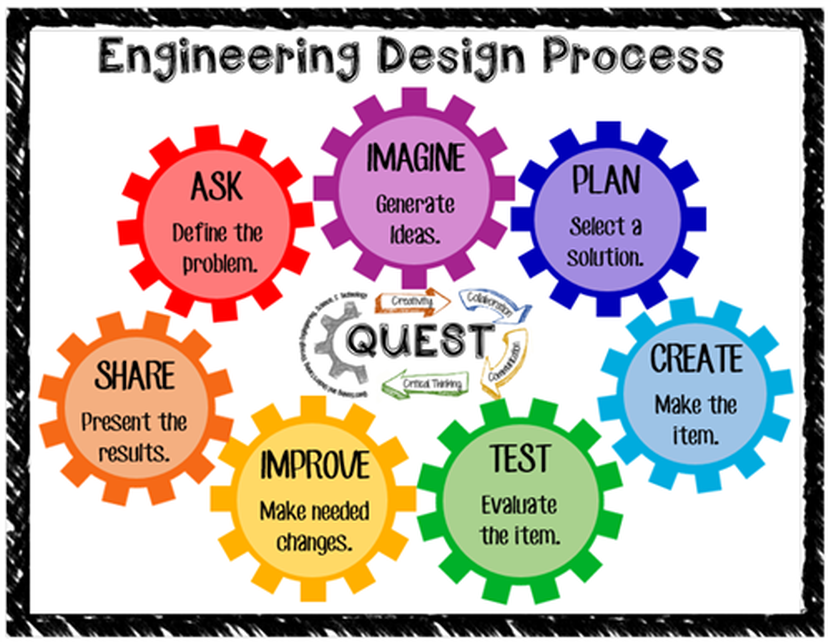
STEAM
STEAM (Science, Technology, Engineering, Arts, Mathematics) is taught to all K-8 students for 30-40 minutes each week. At each grade level, students learn how to solve real world problems by using a (step by step) Engineering Design Process:
-
ASK: What is the problem or need? What are the constraints?
-
IMAGINE: Research and brainstorm possible solutions to the problem.
-
PLAN: Draw and label a blueprint of your idea. Gather materials.
-
CREATE: Create a prototype or model of your idea.
-
TEST: Test your prototype and measure the results.
-
IMPROVE: Redesign the prototype to make it work better.
-
REFLECT: Share your creation with others and discuss your results.



